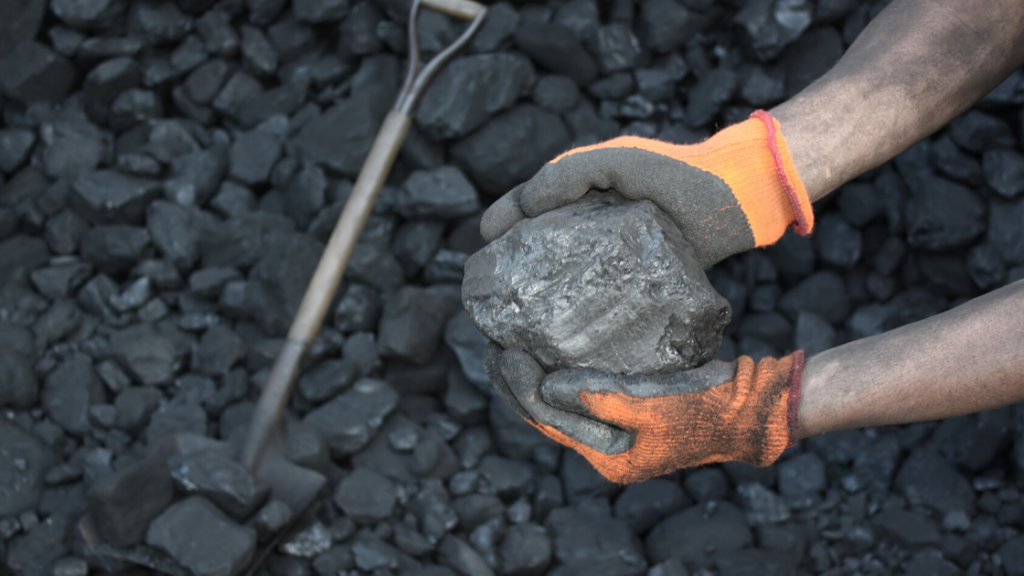Editor’s Note: New report documents China’s willingness to use its dominance in rare-earth minerals as leverage against the US. The US needs to accelerate efforts to revive our sole rare-earth mine, in Mountain Pass, California.
The metals are used for a variety of advanced technologies, including weapons and computer screens
[Timothy Puko | June 29, 2020 | WSJ]
China sees its dominance in strategic rare-earth minerals as leverage that can be used against the West—including in trade disputes with the U.S., according to a new report by U.S.-based researchers.
Rare earths are metals used for a variety of advanced technologies, including computer screens, high-tech weapons and electric vehicles. According to the report by consulting firm Horizon Advisory, China cultivated its rare-earth industry through years of state subsidies, and is prepared to use it as a geopolitical weapon.
“China’s rare earths positioning both implicates and threatens the entire global system,” said the report by Horizon, which consults on geopolitical and economic trends for public and private clients.
The research cited a Chinese-government-funded report on rare-earth policy last year as the U.S.-China trade war escalated: “China will not rule out using rare earth exports as leverage to deal with the situation.”
The group’s researchers concluded that China values its rare-earth dominance for geopolitical values over commercial gain, said Nathan Picarsic, a Horizon co-founder.
“They’re not concerned with economic return in many of these cases,” he said. “They see controlling this type of [industry] as a path to win without fighting.”
The Chinese Embassy in Washington didn’t respond to a request for comment.
The research gives more credibility to long-held understandings that many Western observers have of China’s strategy. And it comes in the midst of rising concern in the U.S. over its dependence on China for rare earths and other critical minerals. Last year President Xi Jinping and his top trade negotiator toured a region of China that calls itself a rare-earths kingdom, a trip widely interpreted as a trade war signal to the U.S. of China’s leverage over high-tech industries.
The Defense Department is starting a new effort to bolster the U.S. supply chain, announcing grants this spring to help develop a processing facility at the only U.S. rare-earths mine, Mountain Pass in California, and at a new plant proposed for Texas. More money is on the way.
China’s dominance came up repeatedly during a Senate Energy and Natural Resources Committee hearing Wednesday on mineral supply chains and national security. The committee’s top Democrat, Sen. Joe Manchin of West Virginia, said the dynamic is similar to oil in the 1970s, when Arab exporters put an embargo on shipments to Western countries.
The committee’s chairman, Lisa Murkowski (R., Alaska), asked panelists what might happen if China decided to cut off the U.S. from its rare earths and other critical minerals.
“I think the consequences of a long-term cutoff of some of the critical materials that we’ve discussed today would just be disastrous for the U.S. economy,” said Simon Moores, managing director of Benchmark Mineral Intelligence, an industry price reporting agency and data provider. “The threat of China…is becoming more and more evident every day even during this pandemic.”
Washington-based Horizon is led by former Pentagon contractors who comb typically open-source documents from China. For their report on China’s rare-earth strategy, they relied on some government documents, and more extensively on academic research, often funded by government grants or published by Chinese experts with credible knowledge of Beijing’s policy, the firm’s leaders said.
Horizon cited a Chinese-language news report on provincial government data on government subsidies for the industry in China’s Inner Mongolia Autonomous Region, the source of most of the country’s rare earths. It stated that China spent the average equivalent of $175 million a year there in subsidies from 2015 through 2018. In 2015, the regional industry’s total profit was the equivalent of just $170 million.
Read the original article here.













